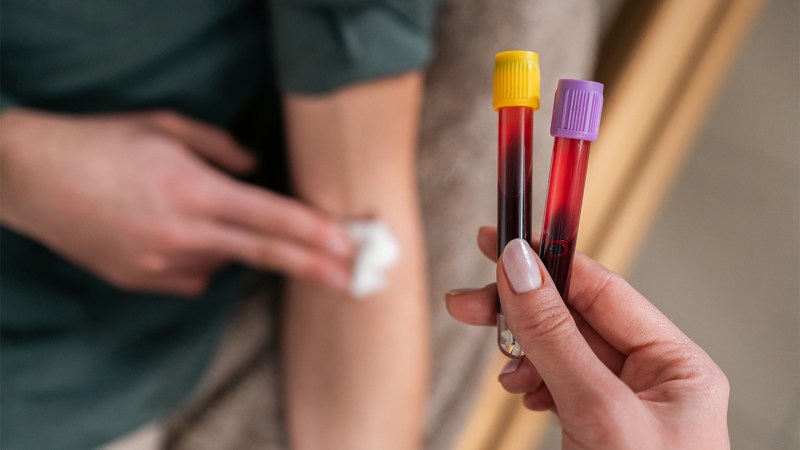
Extreme Climate Survey
Scientific news is collecting readers’ questions about how to navigate our planet’s changing climate.
What do you want to know about extreme heat and how it can lead to extreme weather events?
Sepsis—an overreaction of the immune system to an infection—is a life-threatening condition that affects nearly 2 million people a year in the United States, killing more than 250,000. (SN: 18.5.08). The condition can also progress to septic shock, a sharp drop in blood pressure that damages the kidneys, lungs, liver and other organs. It can be caused by a wide range of different bacteria, making species identification key to personalized treatment for each patient.
In conventional sepsis testing, blood collected from the patient must first go through an all-day blood culture step to grow more bacteria for detection. The sample then goes through a second culture for purification before undergoing testing to find the best treatment. During the two to three days required for testing, patients are placed on broad-spectrum antibiotics — an open-label tool designed to ward off a mystery infection that’s best treated by targeted antibiotics once the specific bacteria causing the infection is discovered.
Nanoengineer Tae Hyun Kim and colleagues found a way around the initial 24-hour blood culture.
The solution begins by injecting a blood sample with nanoparticles decorated with a peptide designed to bind to a wide range of blood-borne pathogens. The magnets then eject the nanoparticles and the associated pathogens come with them. These bacteria are sent directly to the pure culture. Thanks to this binding and sorting process, the bacteria can grow faster without extraneous components in the sample, such as blood cells and broad-spectrum antibiotics previously given, says Kim, of Seoul National University in South Korea.
Interrupting the initial blood culture step also relies on a new imaging algorithm, Kim says. To test the sensitivity of bacteria to antibiotics, both are placed in the same environment and scientists observe whether and how the antibiotics inhibit the growth of the bacteria or kill them. The team’s image detection algorithm can detect more subtle changes than the human eye. So it can identify species and antibiotic susceptibility with far fewer bacterial cells than conventional methods, thus reducing the need for long culture times to produce larger colonies.
Although the new method shows promise, Wong says, any new test carries a risk of false negatives, missing bacteria that are actually present in the bloodstream. This in turn can lead to not treating an active infection, and “undertreating a bloodstream infection can be fatal,” he says. “While the classic blood culture technique is extremely slow, it is very effective in avoiding false negatives.”
After their lab-based experiments, Kim and colleagues clinically tested their new method, running it alongside conventional sepsis testing in 190 hospital patients with suspected infections. The testing yielded a 100 percent match in correctly identifying the bacterial species, the team reports. Although more clinical tests are needed, these accuracy results are encouraging so far, Kim says.
The team is continuing to refine their design in the hope of developing a fully automated sepsis blood test that can provide results quickly, even when hospital labs are closed overnight. “We really wanted to commercialize this and really do it so we could have an impact on patients,” says Kim.
#Lifesaving #sepsis #testing #hours #days #method
Image Source : www.sciencenews.org